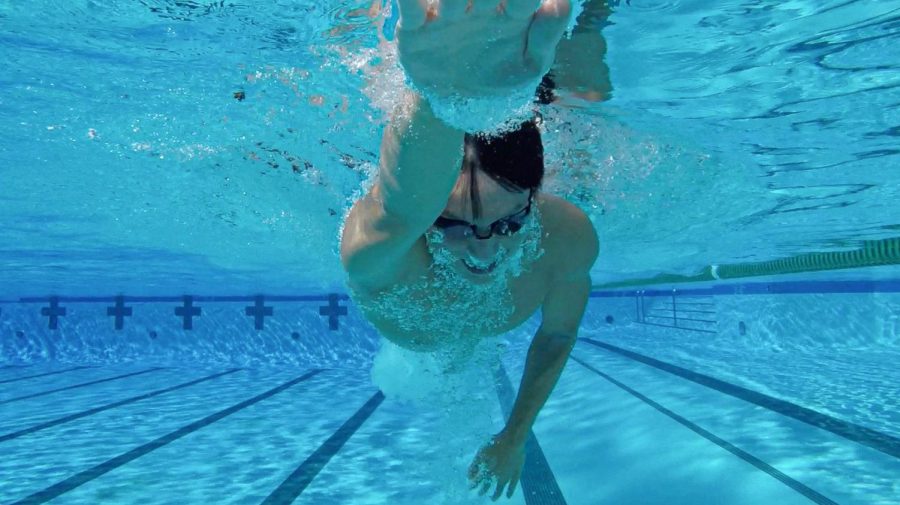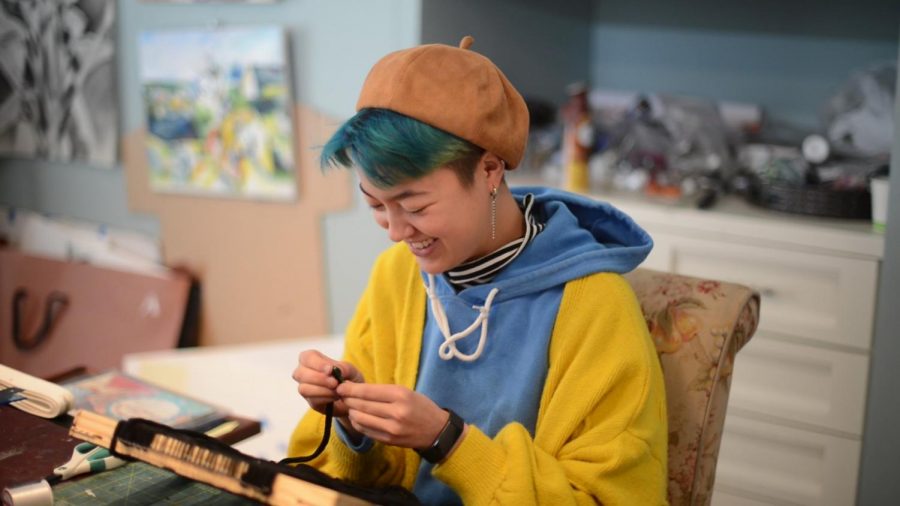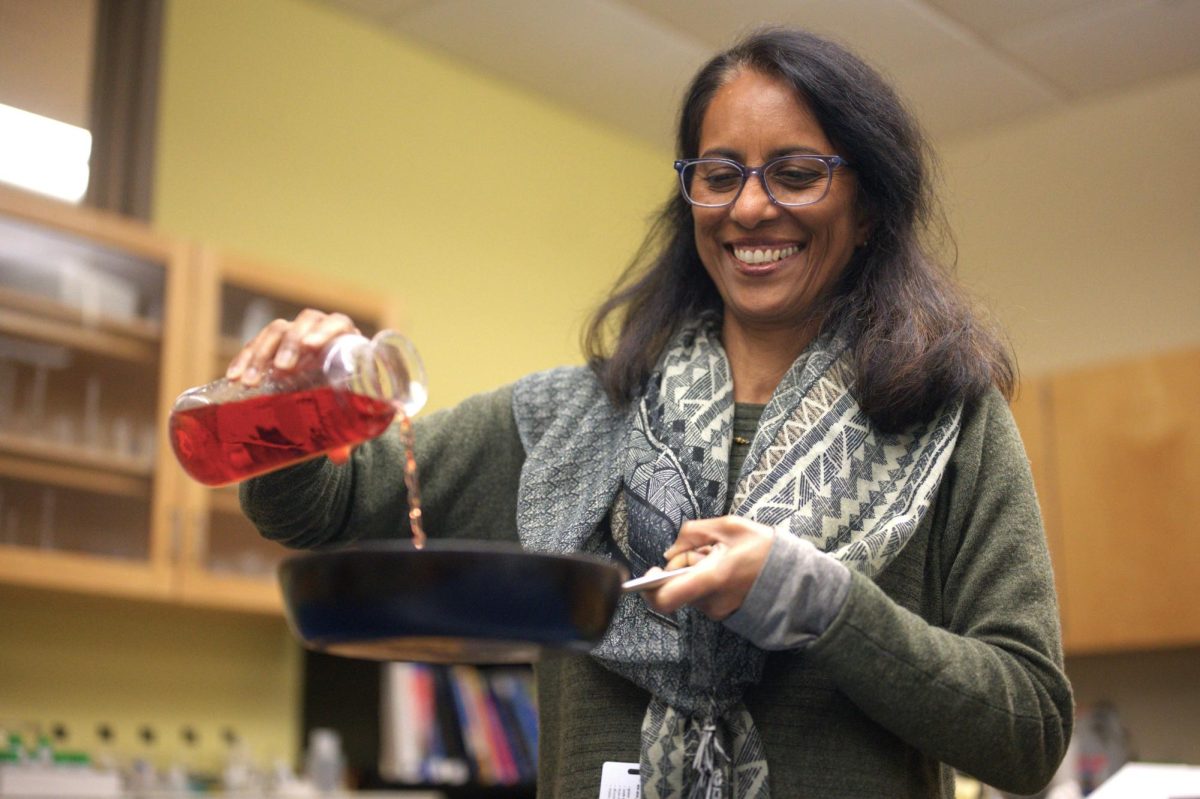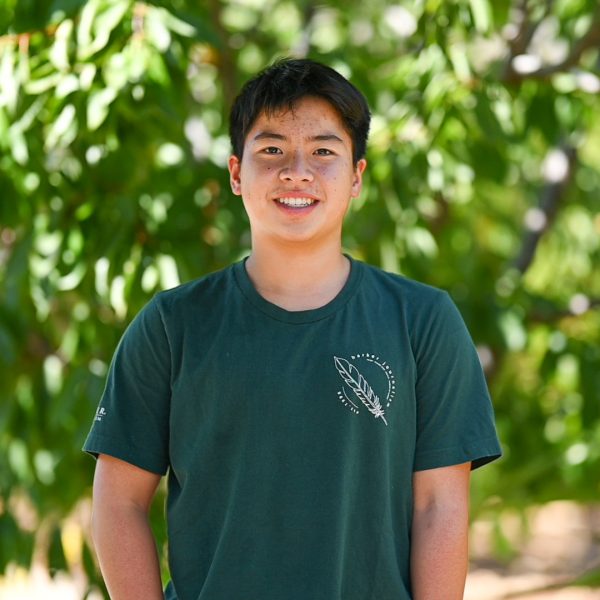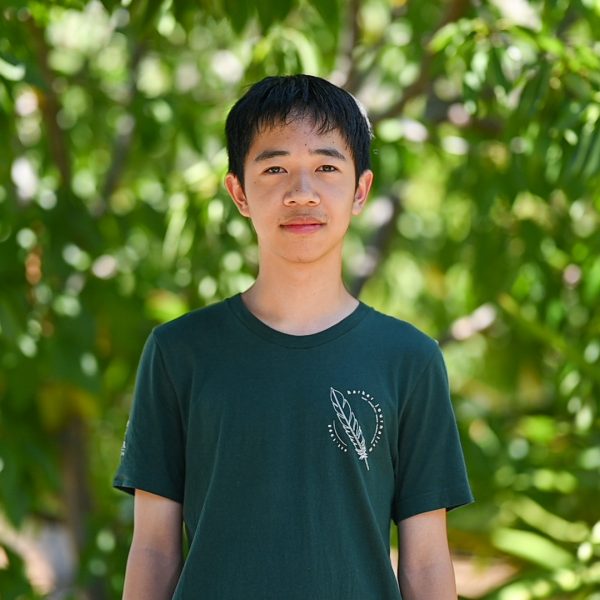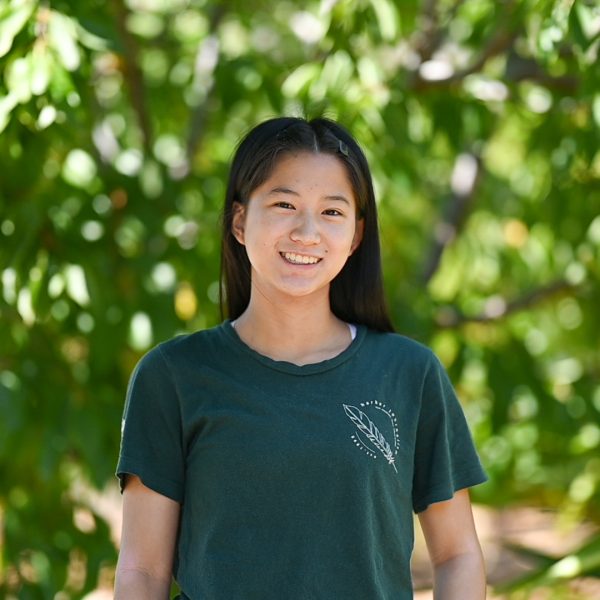When chemistry teacher Mala Raghavan sprinkles powdered cumin seeds into hot oil, she’s applying scientific principles that extend far beyond the kitchen. The crushed seeds create surfaces from which gas bubbles can escape, preventing the violent eruption called “bumping,” the same concept her AP Chemistry students observe when using marble chips in lab experiments.
“When you do organic synthesis, you need to add marble chips because it gives a venue for the gas bubbles to disperse in a uniform way,” Dr. Raghavan said. “My grandmother knew this principle without the scientific explanation—it’s something grandmothers have learned through experience.”
Dr. Raghavan’s cooking journey began after moving to the United States from India at age 30, where she had completed all her education. In India, she had never needed to cook, as university housing provided dining halls. Faced with an unfamiliar environment and longing for the flavors of home, she began teaching herself to cook.
“When I came here in the 1990s, there were not that many varieties of packaged food available, especially South Indian dishes,” Dr. Raghavan said. “I had to ask my mom to give me recipes, through trial and error, because I really wanted to eat these foods. But slowly, I realized with my own chemistry expertise that it clearly made sense to me, and if I needed to modify anything, I would actually improvise too.”
Cooking quickly evolved from a necessity into a lifelong passion. Dr. Raghavan applies her scientific knowledge to understand the chemistry behind cooking techniques: why bicarbonate makes baked goods light and fluffy by introducing CO2, why specific temperatures are needed for fermentation of yogurt or why deep frying requires moisture control to prevent splattering.
“When my mom and grandmother used to cook, they all cooked by eyeballing the quantities,” Dr. Raghavan said. “They never had a full measurement. But due to my chemistry training, I make everything into measurements. There’s just a lot of chemistry in everything.”
Dr. Raghavan’s ability to innovate extends to adapting traditional recipes with locally available ingredients. When unable to obtain mangoes for a favorite South Indian mango rice dish, she substituted them with cut apricots to modify the recipe, using an Indian technique with ingredients available in the US.
Chemistry seamlessly flows between her classroom and kitchen at home. In her classroom, Dr. Raghavan makes abstract concepts tangible through demonstrations that engage students, similar to how chemistry is a physical demonstration of chemistry at home. It shapes how she teaches AP Chemistry, as well as two electives: Honors Nanoscience and Sustainable Living.
“One of the most fundamental concepts in chemistry is reaction stoichiometry, which might sound complex, but it’s essentially the same idea that cooks have been using for centuries in their recipes,” Dr. Raghavan said. “Students often bring in complicated formulas to determine limiting reagents, but the limiting reactant is simply the ingredient that runs out first and limits how much product you can make—just like in a recipe.”
One of her favorite demonstrations involves heating paraffin wax and dipping it into ice water, which causes a big explosion. This experiment reliably surprises students, allowing them to enrich their knowledge about thermochemistry and creating engaging and memorable learning moments.
“When we tell you that freezing water releases heat, there’s nothing better than doing chemistry to show you that,” Dr. Raghavan said. “I love doing demos and experiments and blowing up things. Because it’s experimental science, instead of lecturing all the time, making kids do it is the fun part.”
Dr. Raghavan’s teaching impacts not just her students but also her colleagues, like chemistry teacher Casey Brown, who draws inspiration from Dr. Raghavan’s teaching style. He admires her ability to engage students and spark their curiosity for chemistry.
“One of the things that drives students to think critically about what they’re being taught is if they feel confident that the person that they’re asking is going to be able to tell them the right answer and to be able to help them think through it,” Dr. Brown said. “Dr. Raghavan is as good as it gets on both of those. Her students know that she is absolutely competent and that she is an expert at thinking through problems.”
Her hands-on and experimentative philosophy extends to the electives she’s developed, including a course on nanoscience that emerged when the field was revolutionizing material science. To the students, the course was particularly special because Dr. Raghavan developed it without being an expert on the field and learned with the students through trial-and-error.
“Every experiment was an adventure,” Dr. Raghavan said. “Each experiment was fascinating because they’re not straightforward, and we finally figured out how to do them. It was good for the kids to also see that it’s OK to go out of your comfort zone and what it requires.”
More recently, Dr. Raghavan developed her Sustainable Living course connecting organic chemistry with food production, materials science and environmental issues. Through hands-on exploration, students critically examine sustainability challenges.
Dr. Raghavan’s journey, whether in the kitchen, the classroom or developing new courses, has been shaped by resilience and direct applications. Through her class, she encourages students to do the same and to bring a hands-on mindset into their daily life and into college and beyond.
“At any point in their life, if they want to understand something, doing an experiment is always fantastic,” Dr. Raghavan said. “When you see it, you only remember it so much. But when you do an experiment, that’s a direct application of what you learned. You remember it a lot more, and it makes more sense for you to appreciate where it’s applied.”

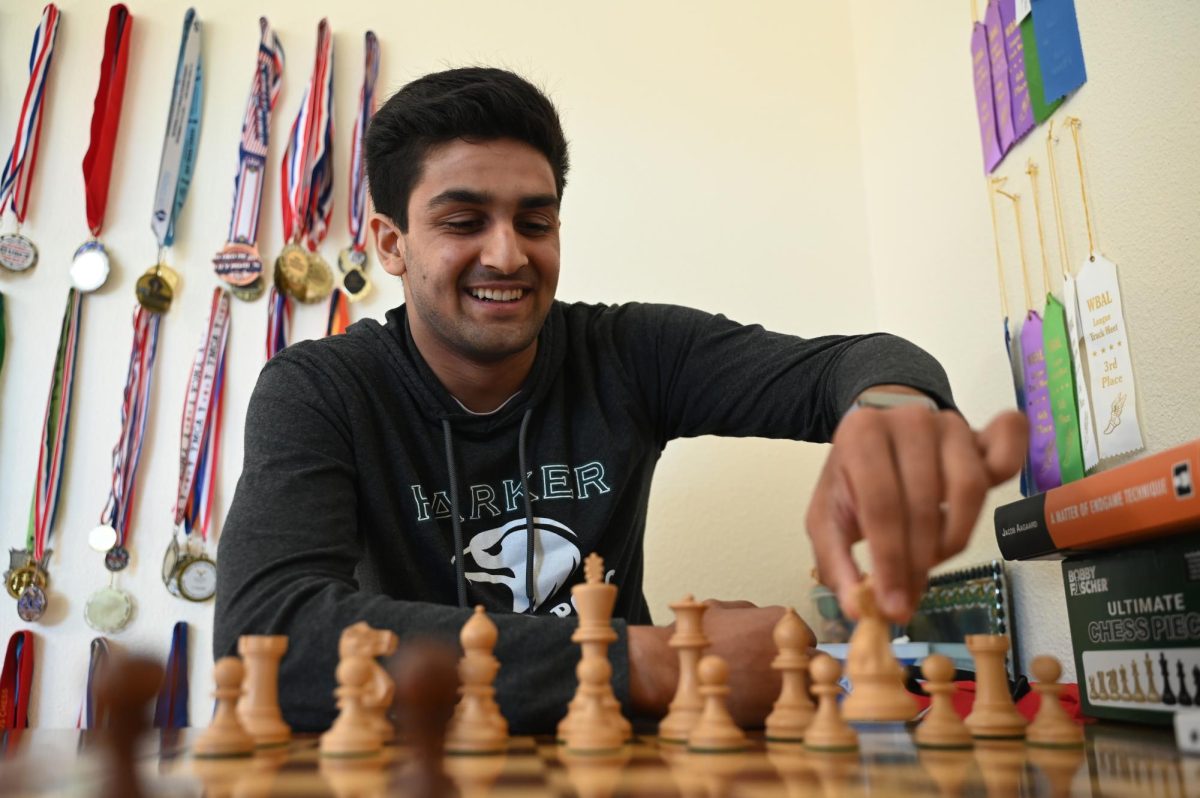
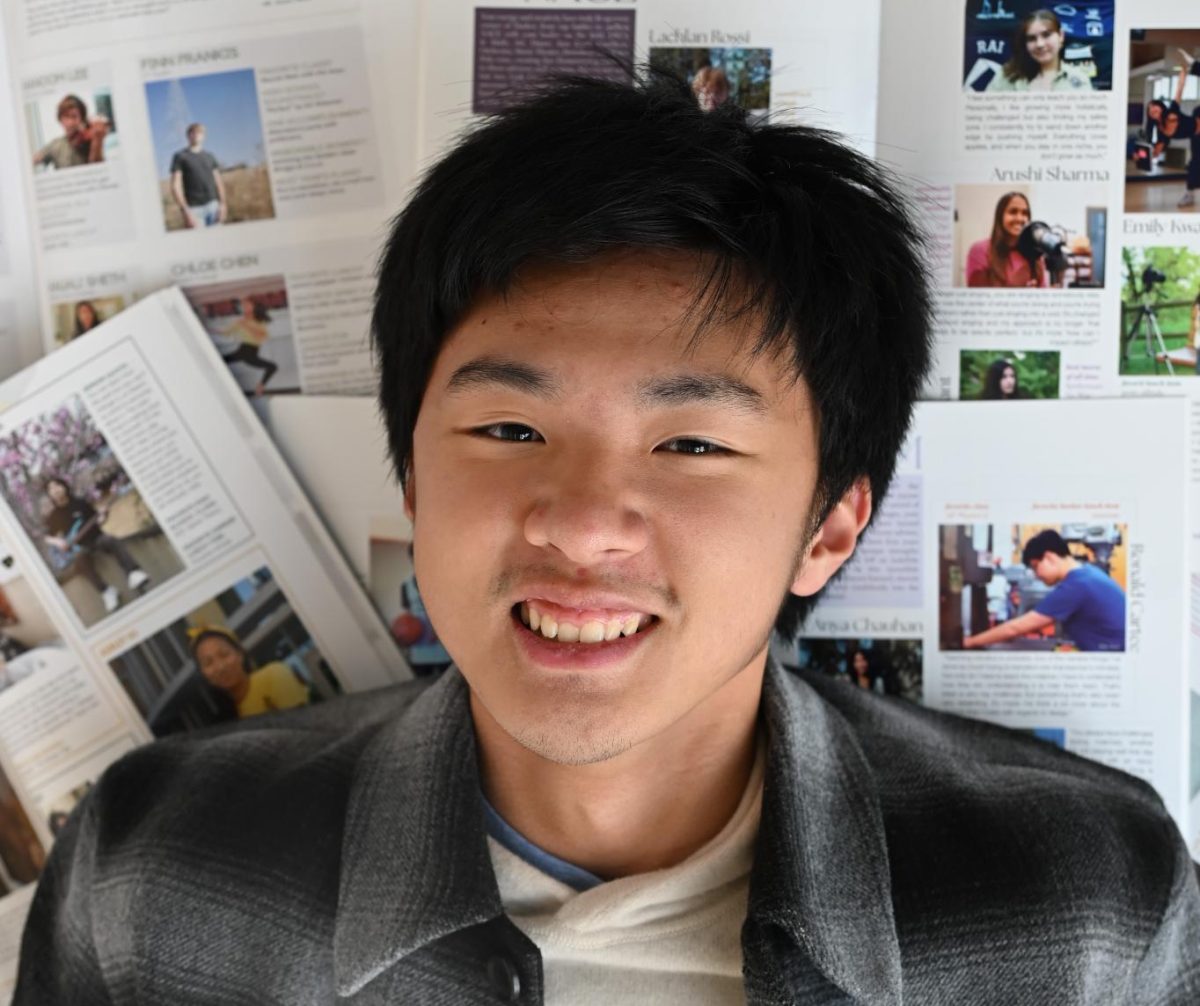
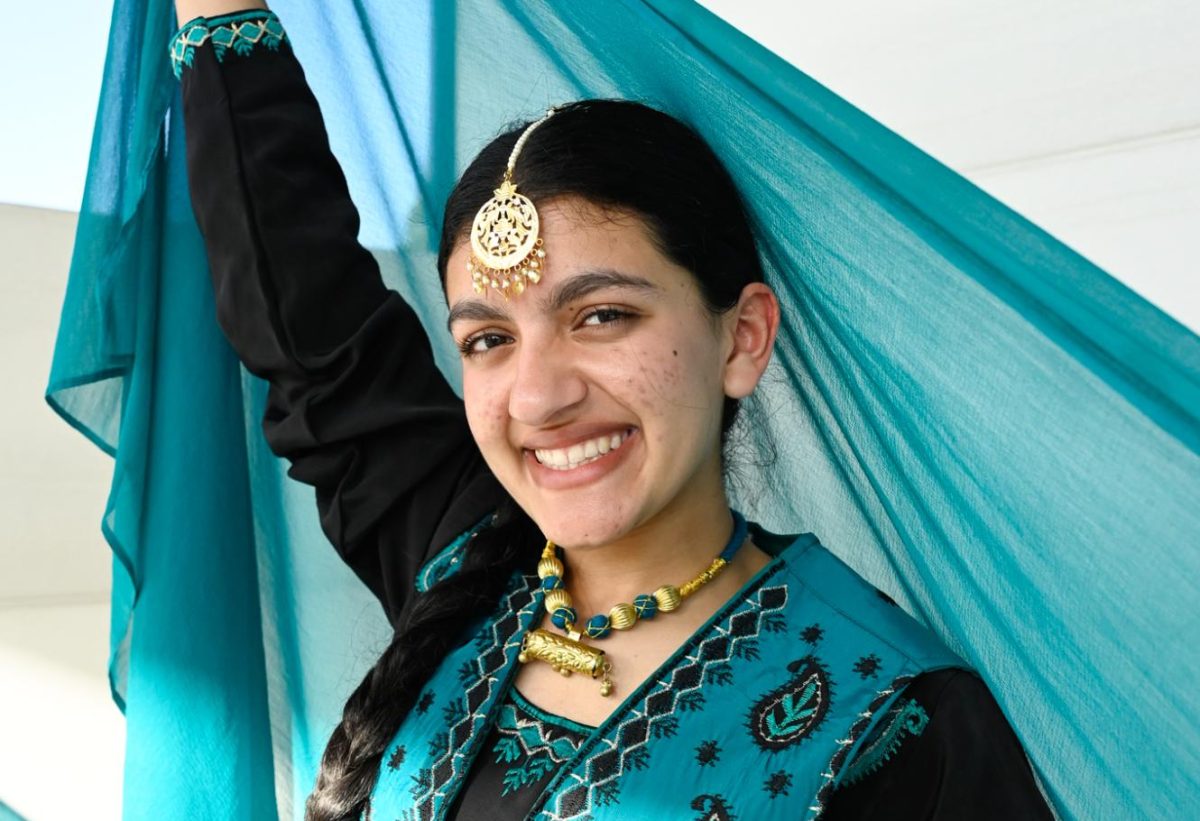

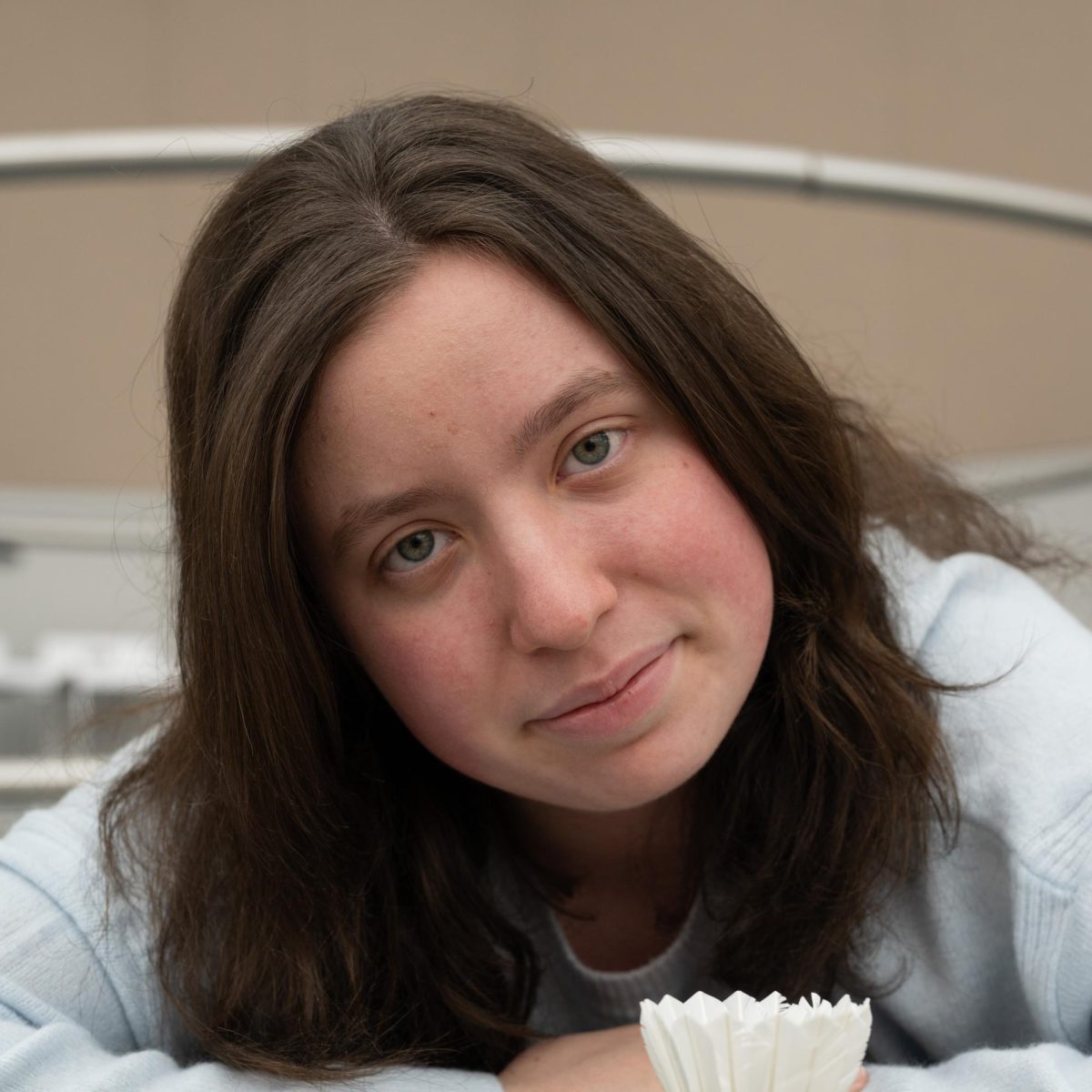
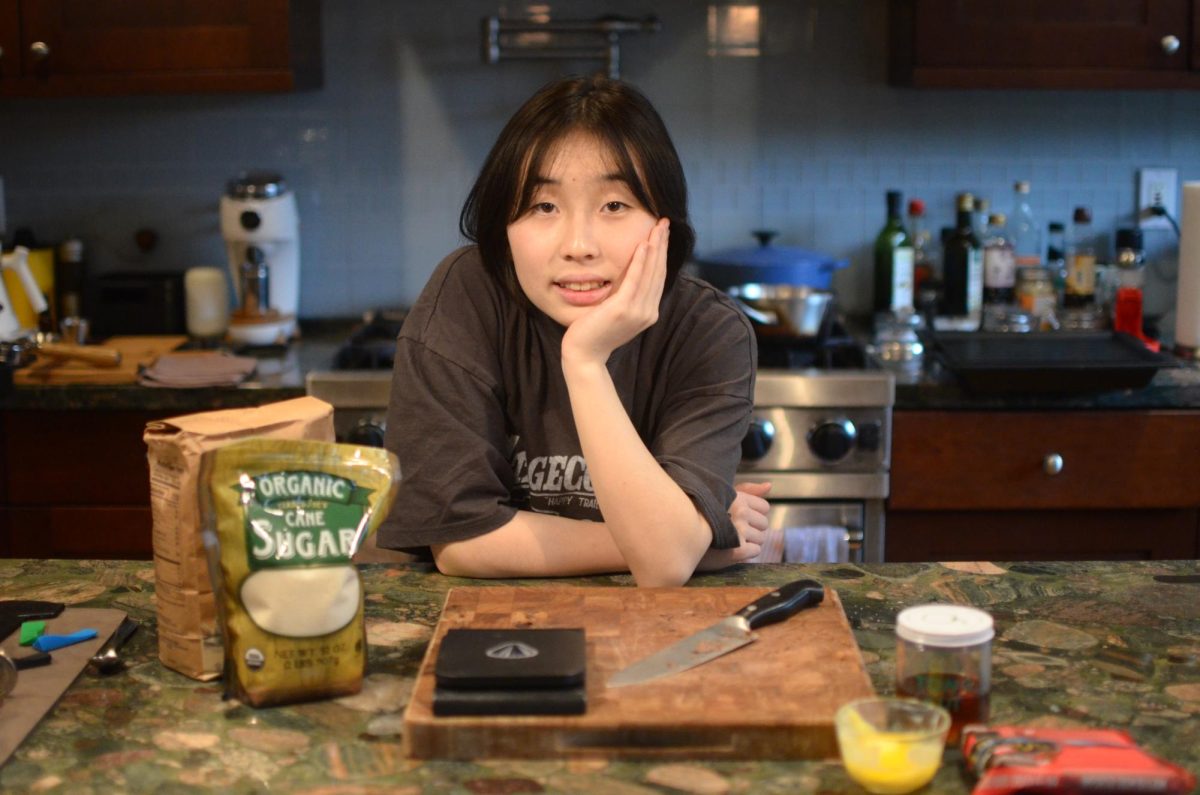
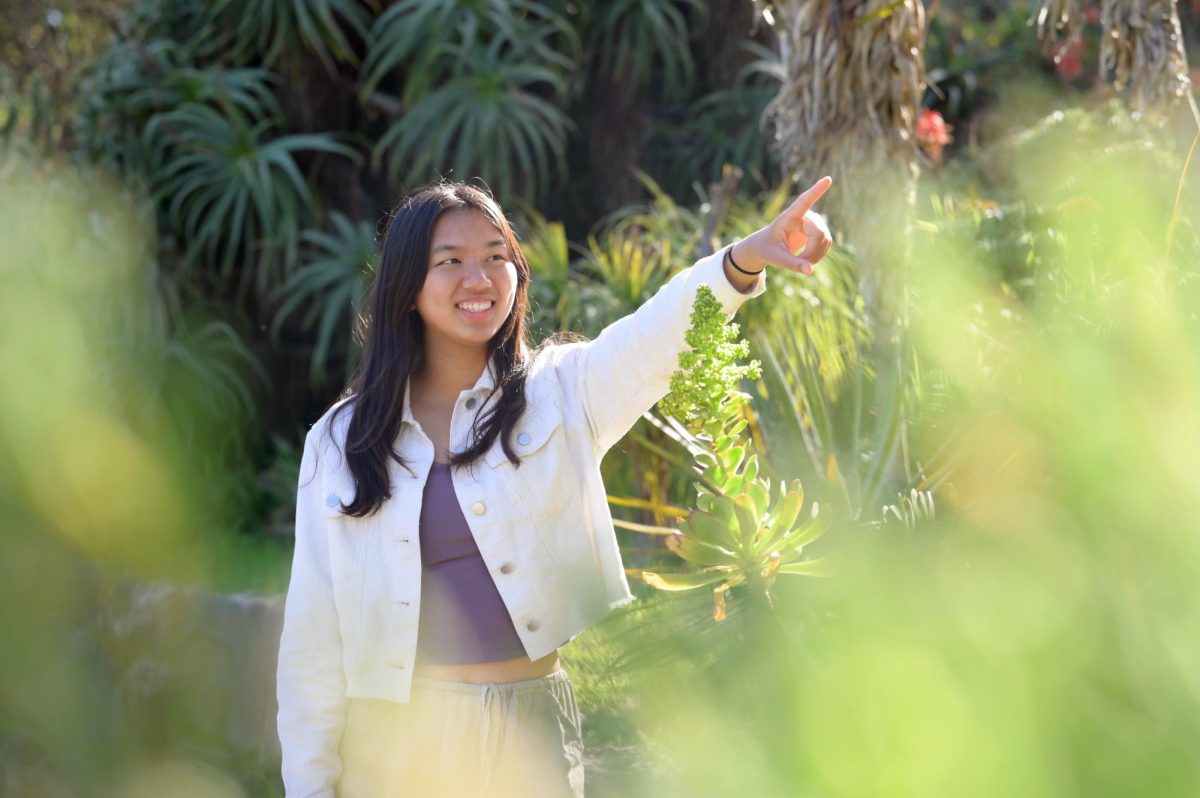

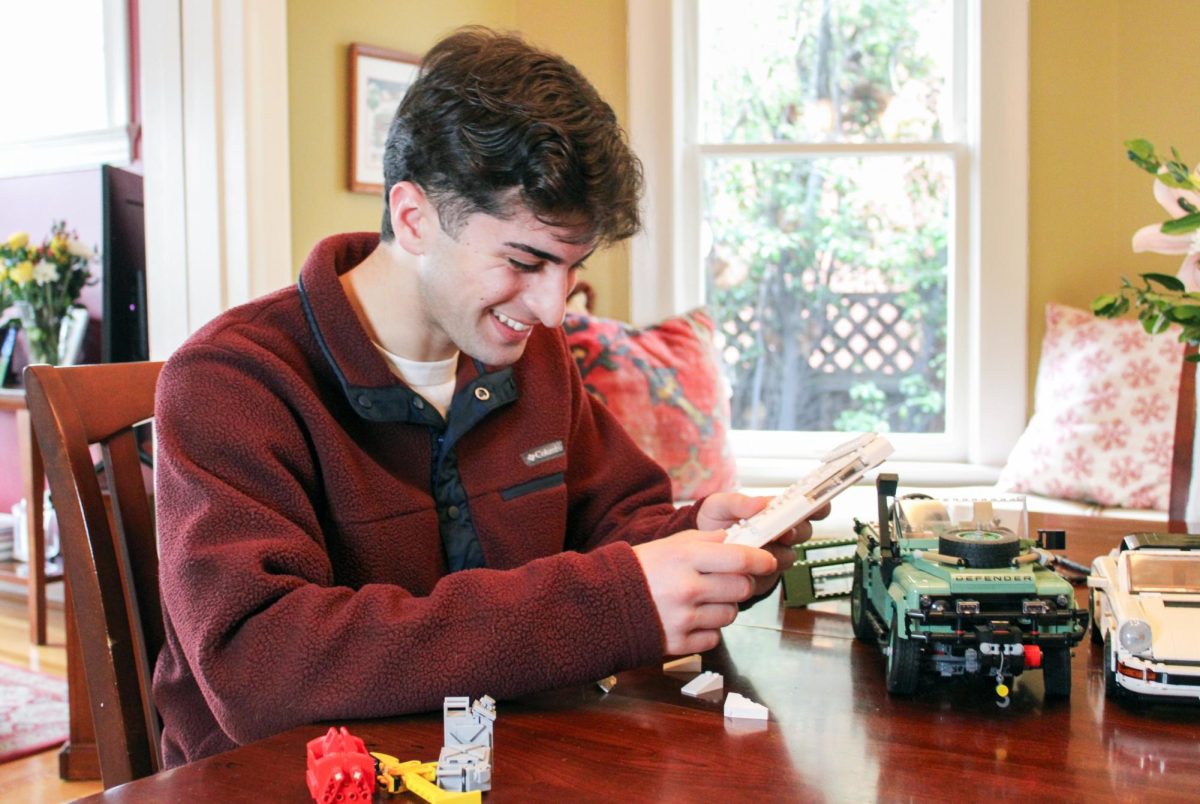
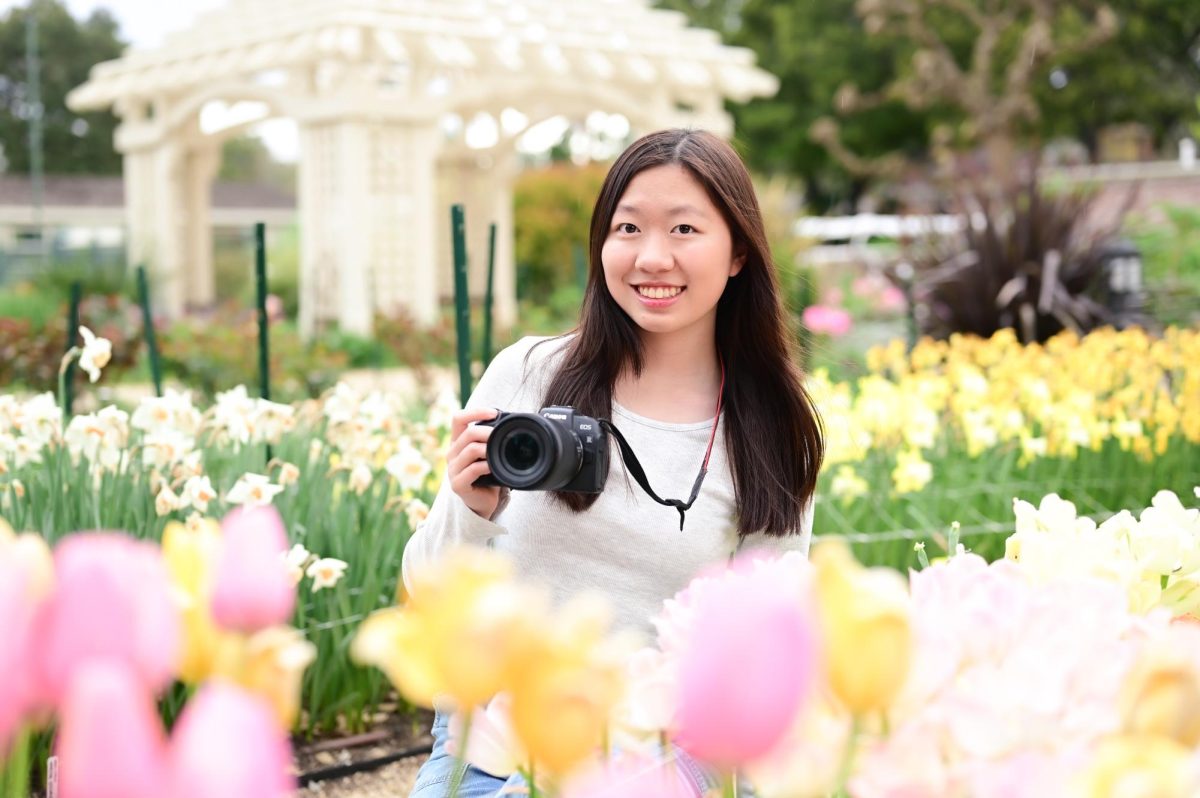
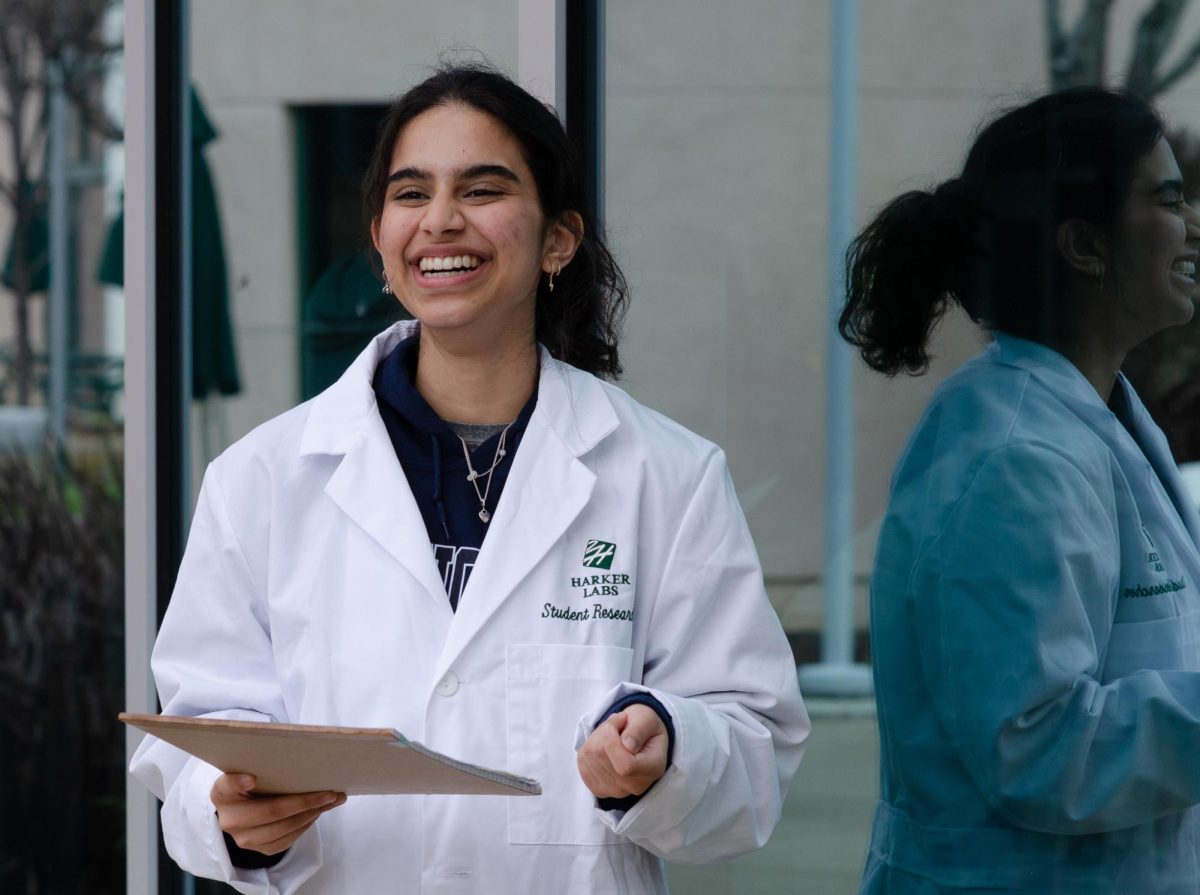
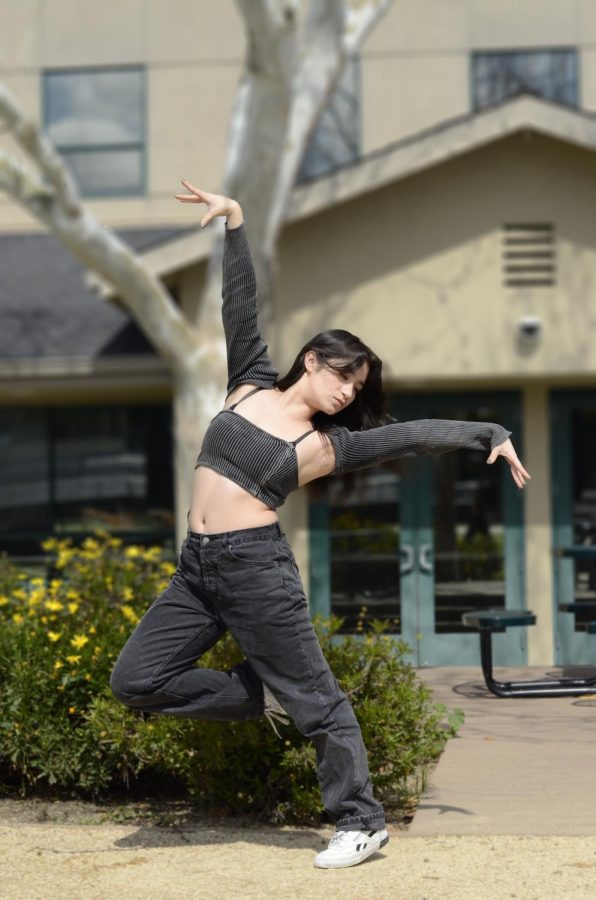
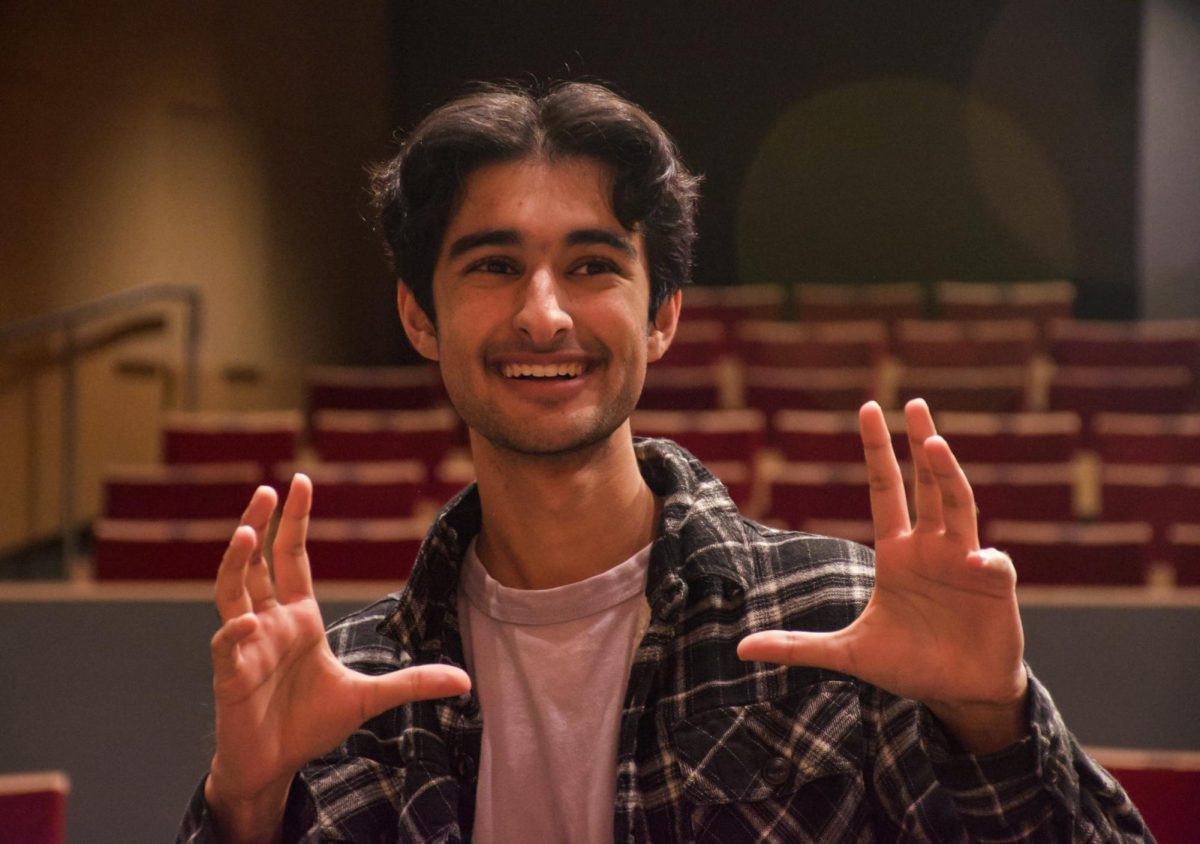
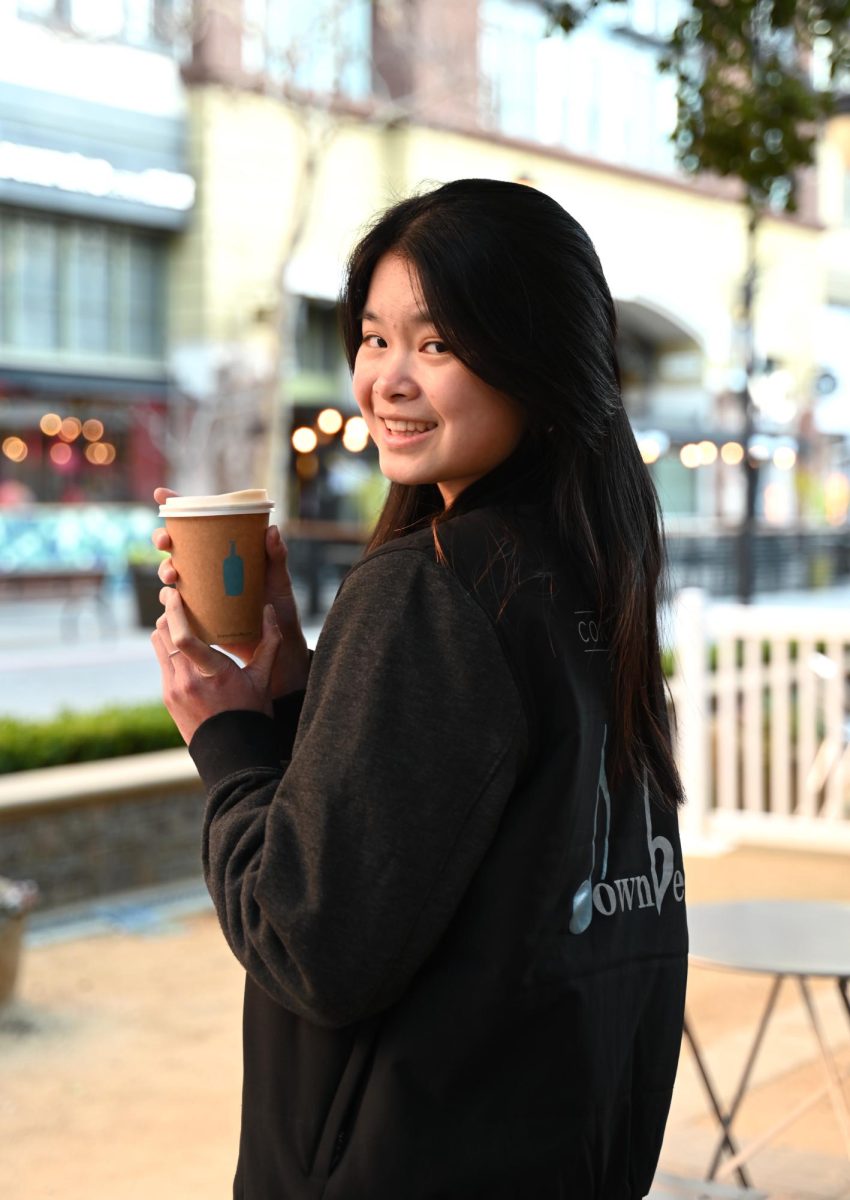
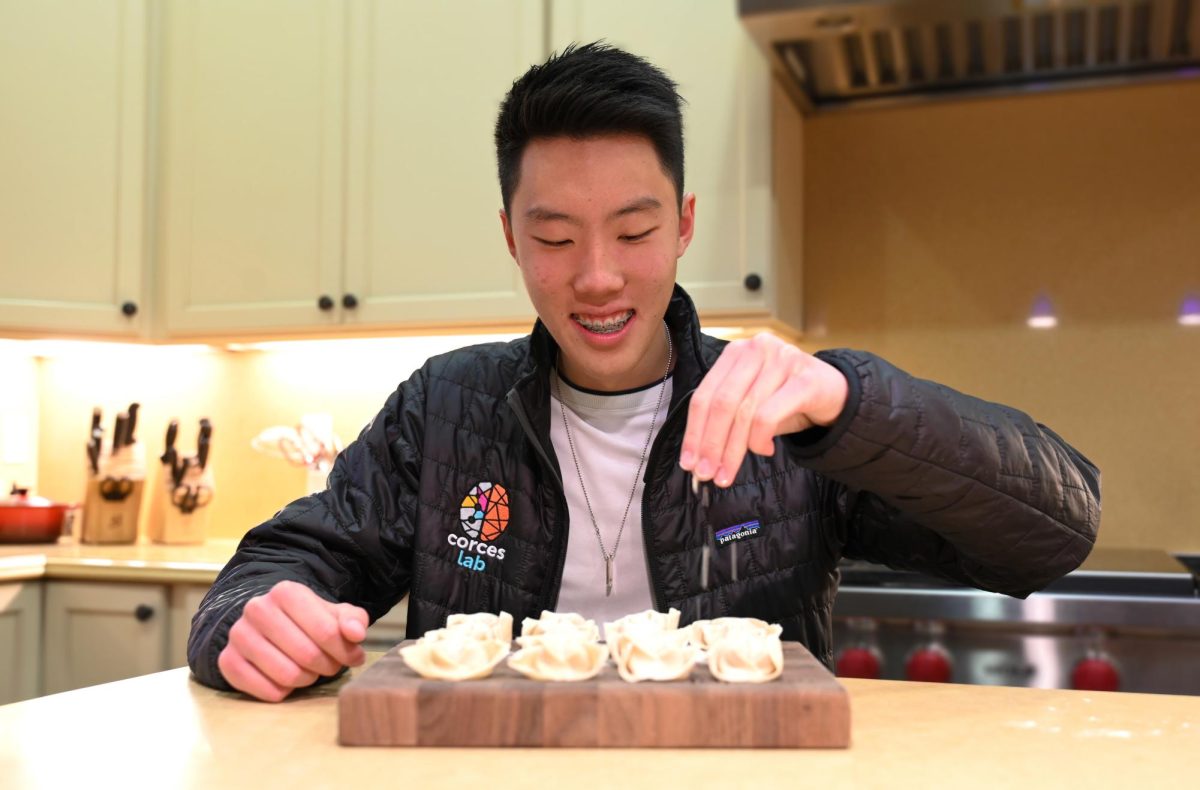
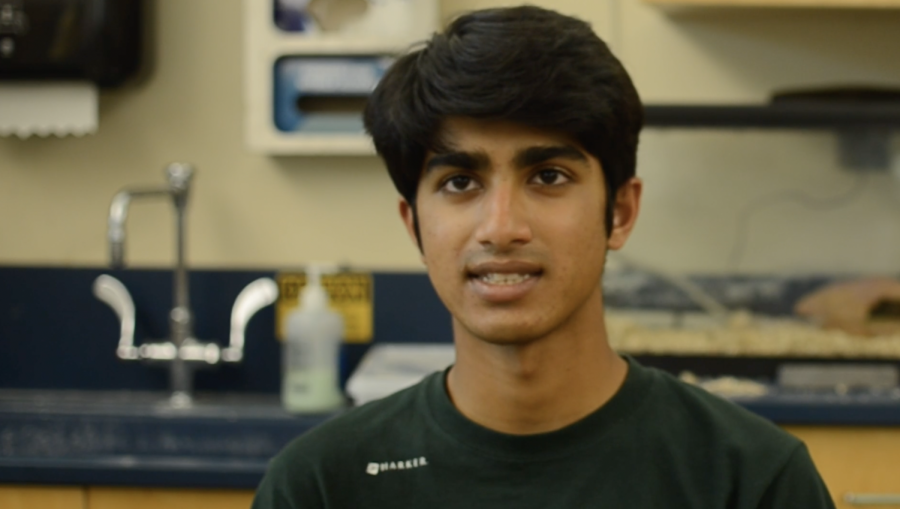
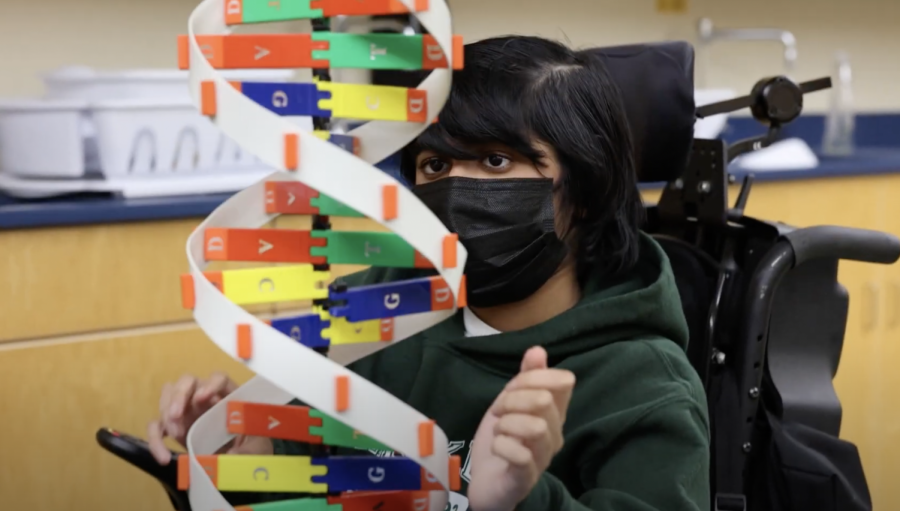
![“[Building nerf blasters] became this outlet of creativity for me that hasn't been matched by anything else. The process [of] making a build complete to your desire is such a painstakingly difficult process, but I've had to learn from [the skills needed from] soldering to proper painting. There's so many different options for everything, if you think about it, it exists. The best part is [that] if it doesn't exist, you can build it yourself," Ishaan Parate said.](https://harkeraquila.com/wp-content/uploads/2022/08/DSC_8149-900x604.jpg)
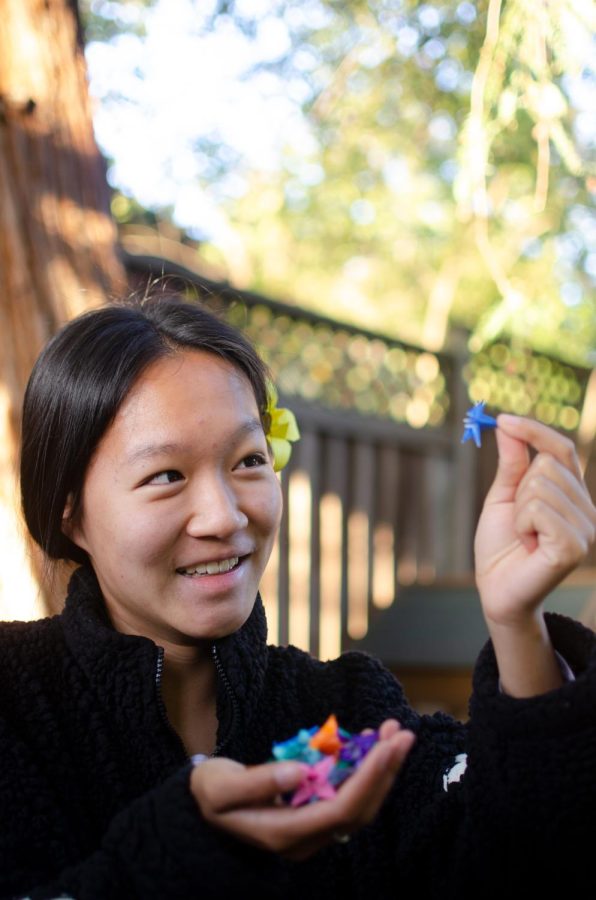
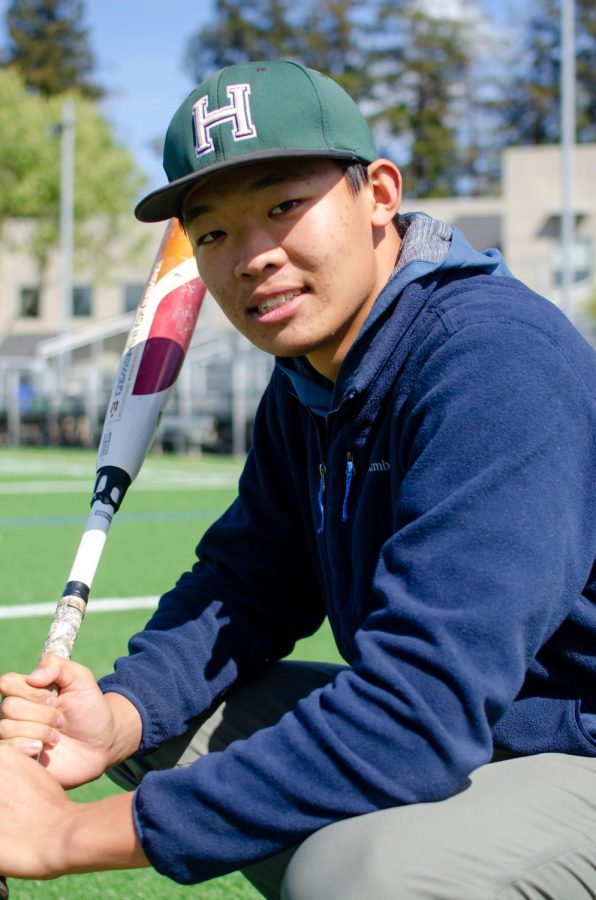
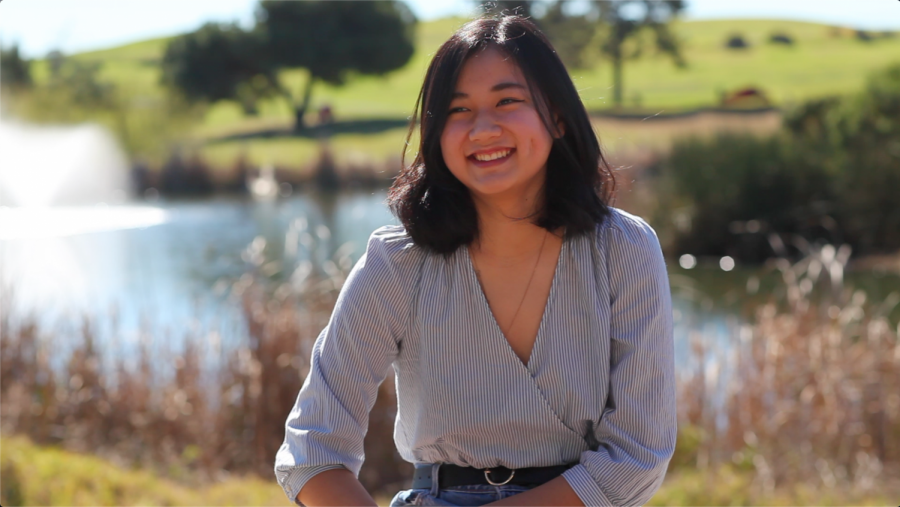
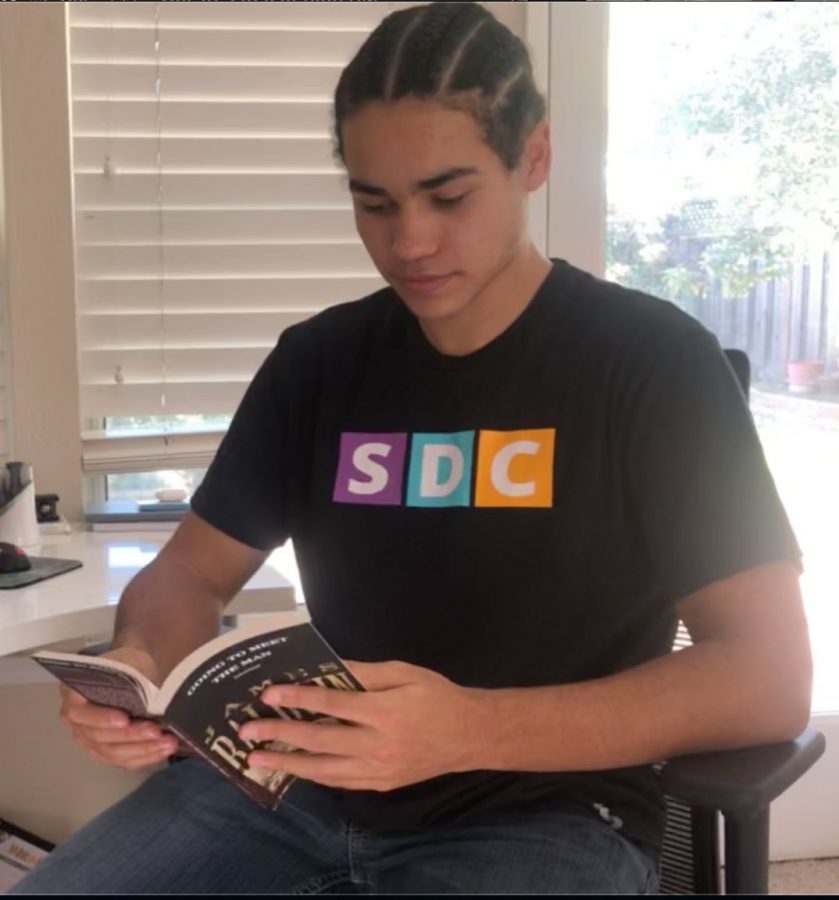
![“When I came into high school, I was ready to be a follower. But DECA was a game changer for me. It helped me overcome my fear of public speaking, and it's played such a major role in who I've become today. To be able to successfully lead a chapter of 150 students, an officer team and be one of the upperclassmen I once really admired is something I'm [really] proud of,” Anvitha Tummala ('21) said.](https://harkeraquila.com/wp-content/uploads/2021/07/Screen-Shot-2021-07-25-at-9.50.05-AM-900x594.png)
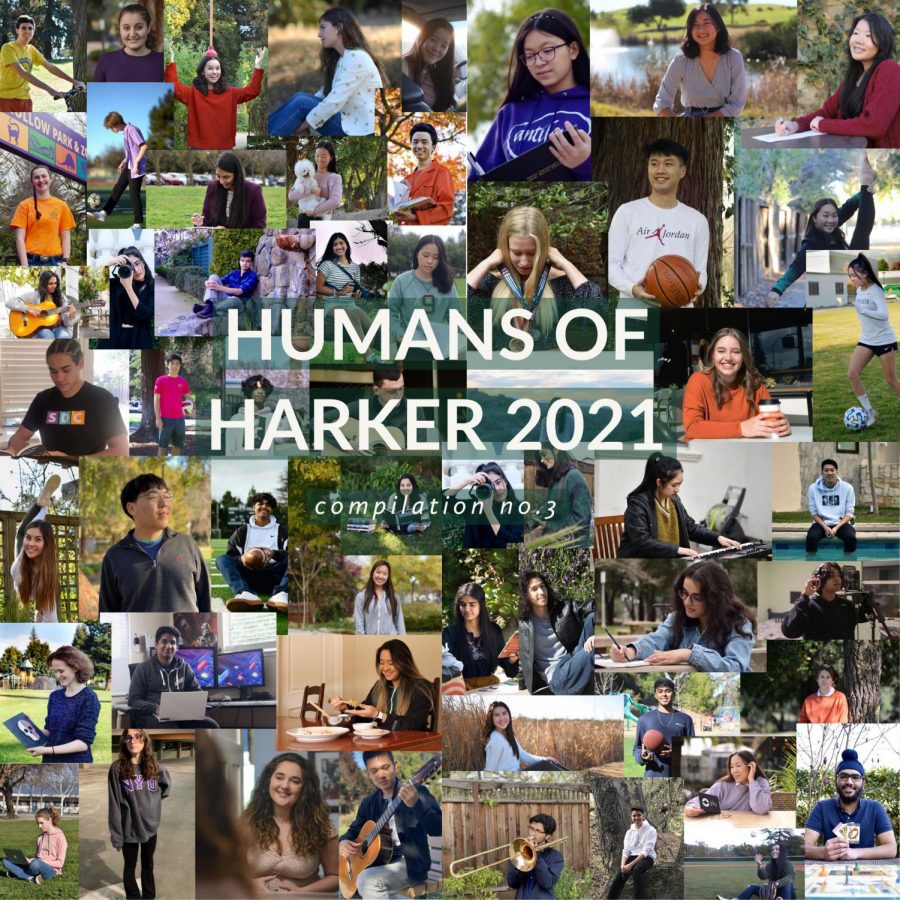
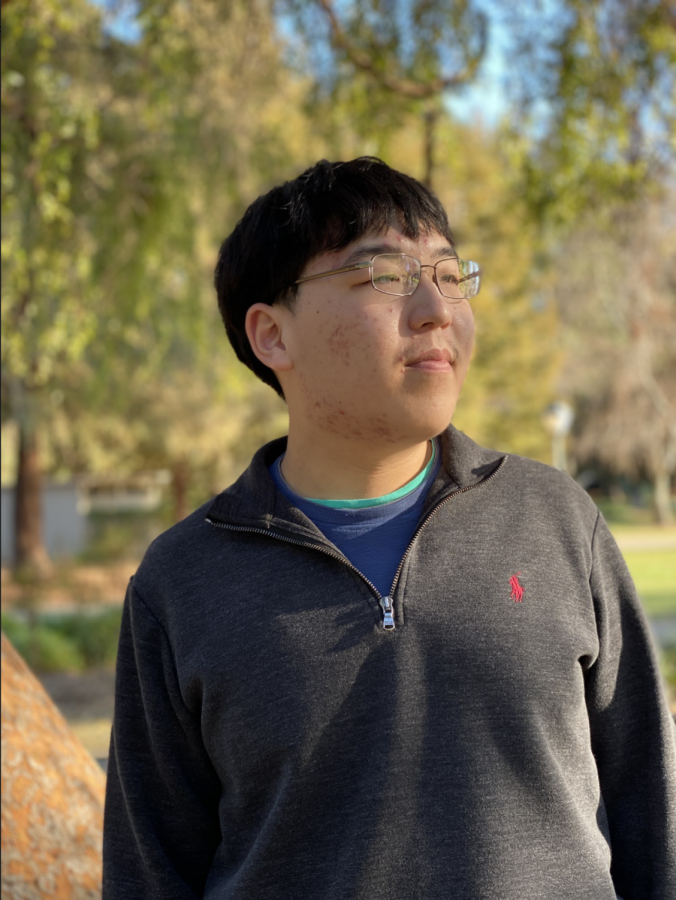
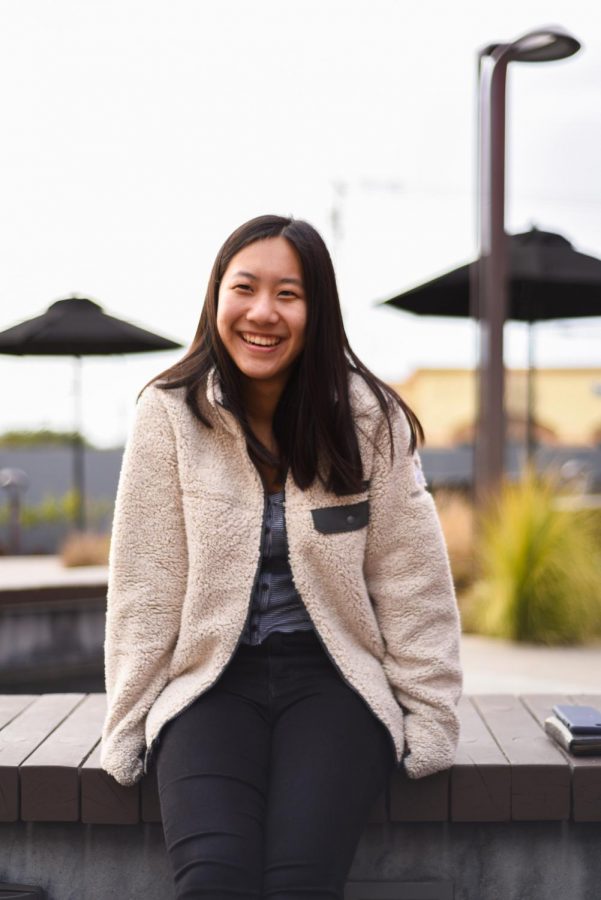


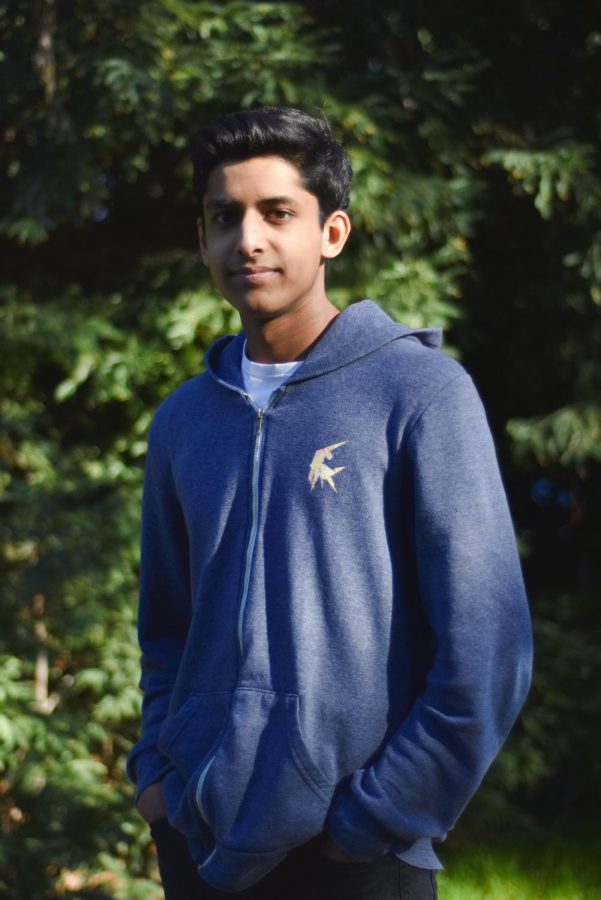

![“I think getting up in the morning and having a sense of purpose [is exciting]. I think without a certain amount of drive, life is kind of obsolete and mundane, and I think having that every single day is what makes each day unique and kind of makes life exciting,” Neymika Jain (12) said.](https://harkeraquila.com/wp-content/uploads/2017/06/Screen-Shot-2017-06-03-at-4.54.16-PM.png)
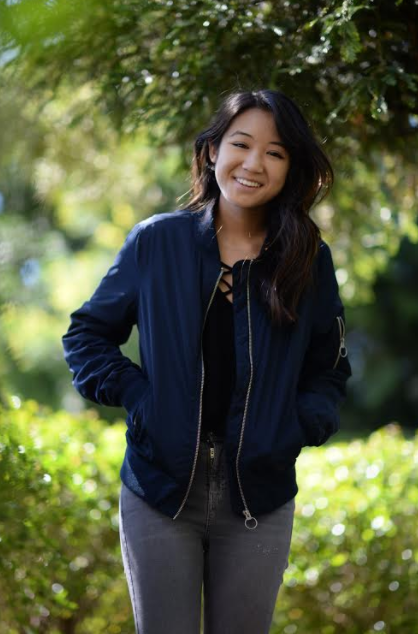

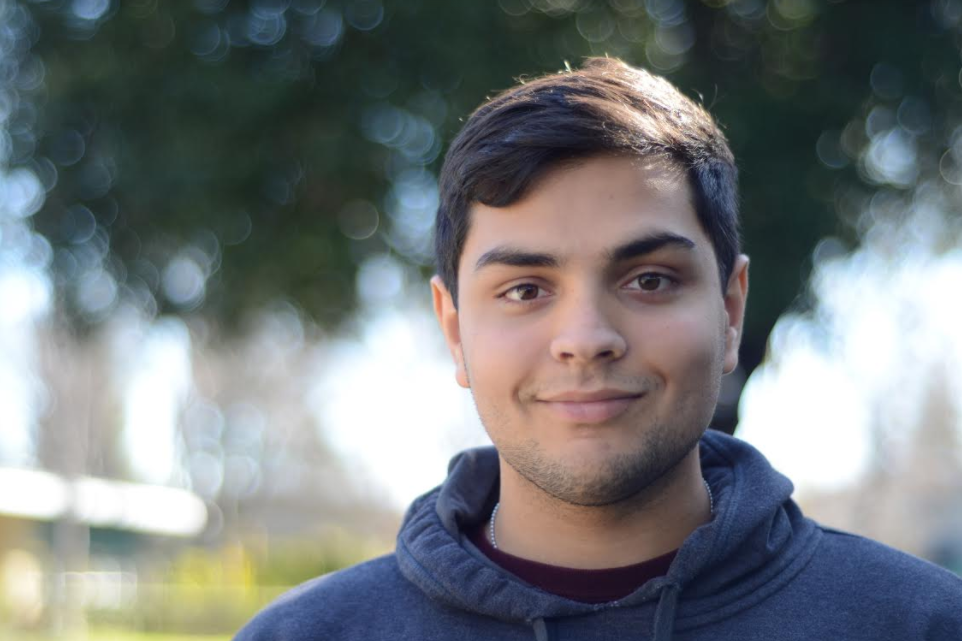
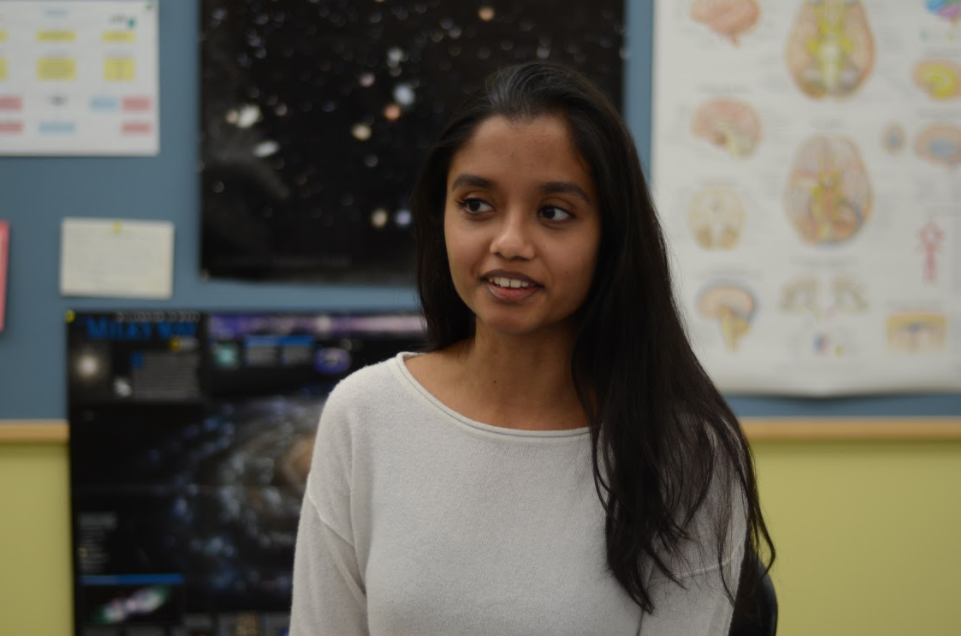
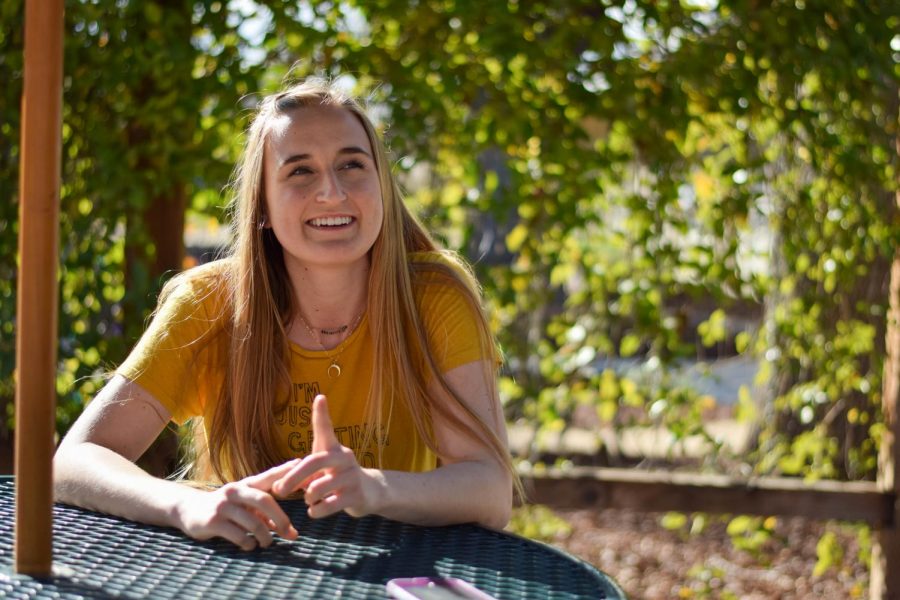
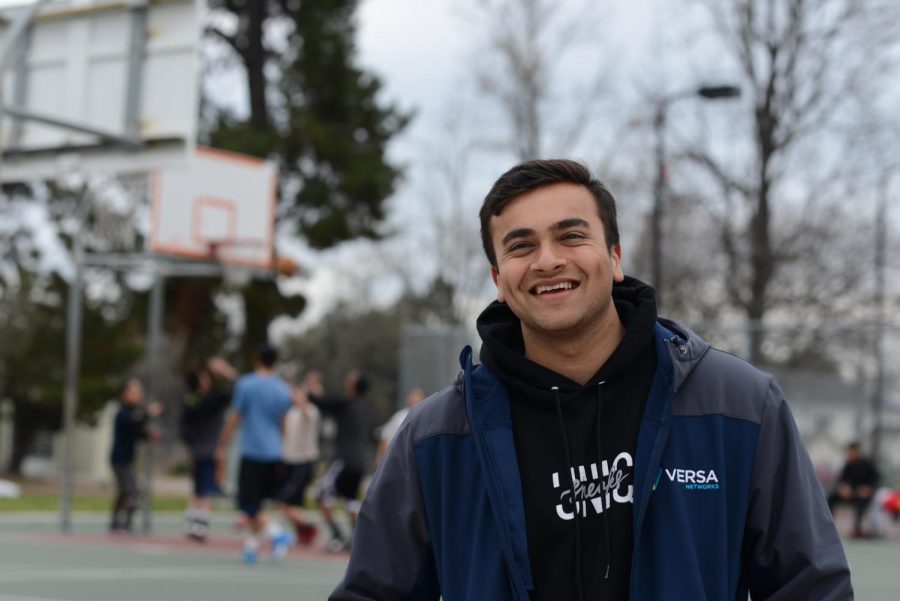
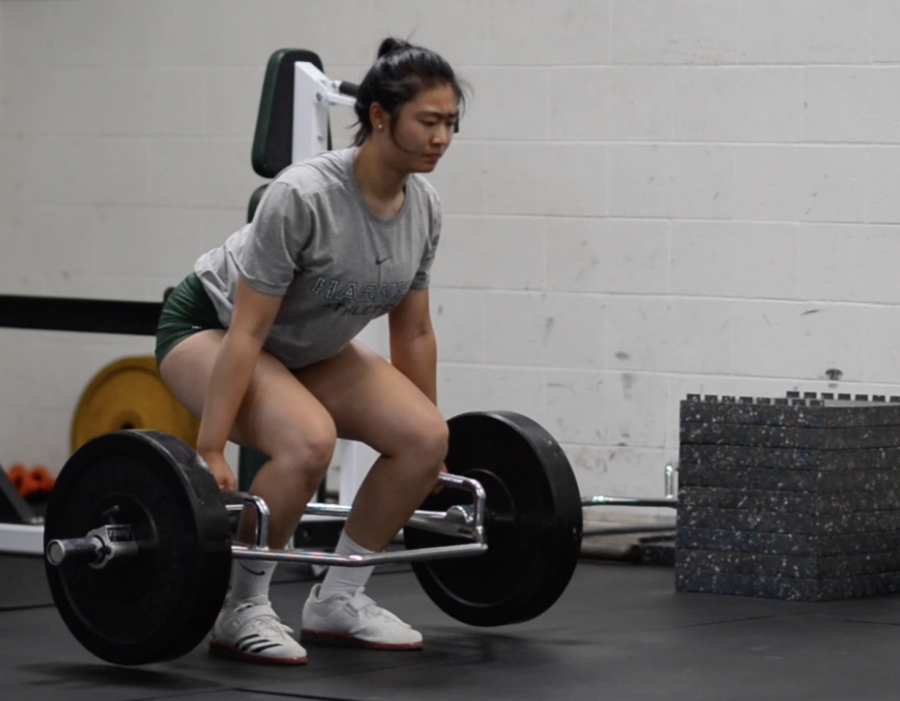

![“My slogan is ‘slow feet, don’t eat, and I’m hungry.’ You need to run fast to get where you are–you aren't going to get those championships if you aren't fast,” Angel Cervantes (12) said. “I want to do well in school on my tests and in track and win championships for my team. I live by that, [and] I can do that anywhere: in the classroom or on the field.”](https://harkeraquila.com/wp-content/uploads/2018/06/DSC5146-900x601.jpg)
![“[Volleyball has] taught me how to fall correctly, and another thing it taught is that you don’t have to be the best at something to be good at it. If you just hit the ball in a smart way, then it still scores points and you’re good at it. You could be a background player and still make a much bigger impact on the team than you would think,” Anya Gert (’20) said.](https://harkeraquila.com/wp-content/uploads/2020/06/AnnaGert_JinTuan_HoHPhotoEdited-600x900.jpeg)
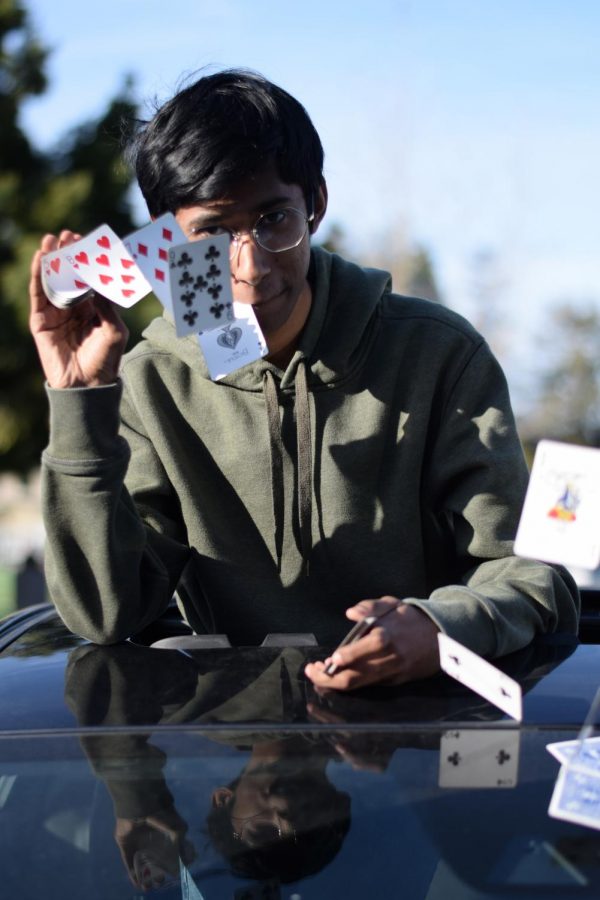
![“I'm not nearly there yet, but [my confidence has] definitely been getting better since I was pretty shy and timid coming into Harker my freshman year. I know that there's a lot of people that are really confident in what they do, and I really admire them. Everyone's so driven and that has really pushed me to kind of try to find my own place in high school and be more confident,” Alyssa Huang (’20) said.](https://harkeraquila.com/wp-content/uploads/2020/06/AlyssaHuang_EmilyChen_HoHPhoto-900x749.jpeg)
